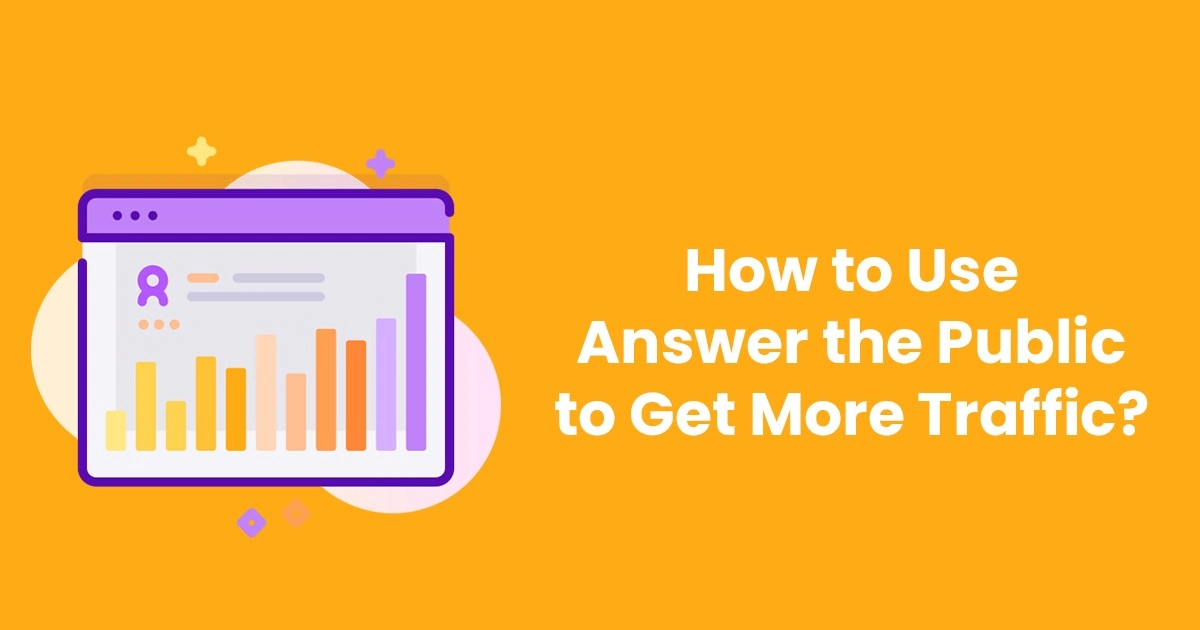Long tail keywords are better understood by professionals who deal in the SEO department of Digital Marketing. They know exactly why long tail keywords are preferred over short tail keywords and what is the impact on search results. We decided to pick this topic to write a blog with a vision to explain you better, everything you need to know about long tail keywords. Let’s get started!
In this blog, we will discuss:
- What are long tail keywords?
- The effective tools to find long tail keywords.
- The use of long tail keywords for SEO and PPC.
- Long tail keywords vs short tail keywords
- How to gain Web traffic using long tail keywords?
- Qualities of long tail keywords.
What are Long Tail Keywords?
Long tail keywords can be simply described as a phrase of three or four keywords, which is extremely specific in its approach. When a user searches for an exact phrase, he is clear about what he is looking for and thus, there is no buying of any vague information.
Long tail keywords make the fact very clear that the user has a defined perception of what is he searching for. He is expected to have a pre- knowledge on the topic and he is looking exactly for the typed in information. Most likely he is going to make a purchase when he searches for something very specific.
We can better understand the long tail keywords with the help of an example. When you search the word ‘lipstick’ on Google, it will show you thousands of variety of the lipstick.
But on the contrary, if you search for something as exact as ‘Mac Russian red lipstick’, Google will show you the exact product you are looking for. With this example, it is quite understandable to you now that when you make such searches you do that with an intention of making a purchase.
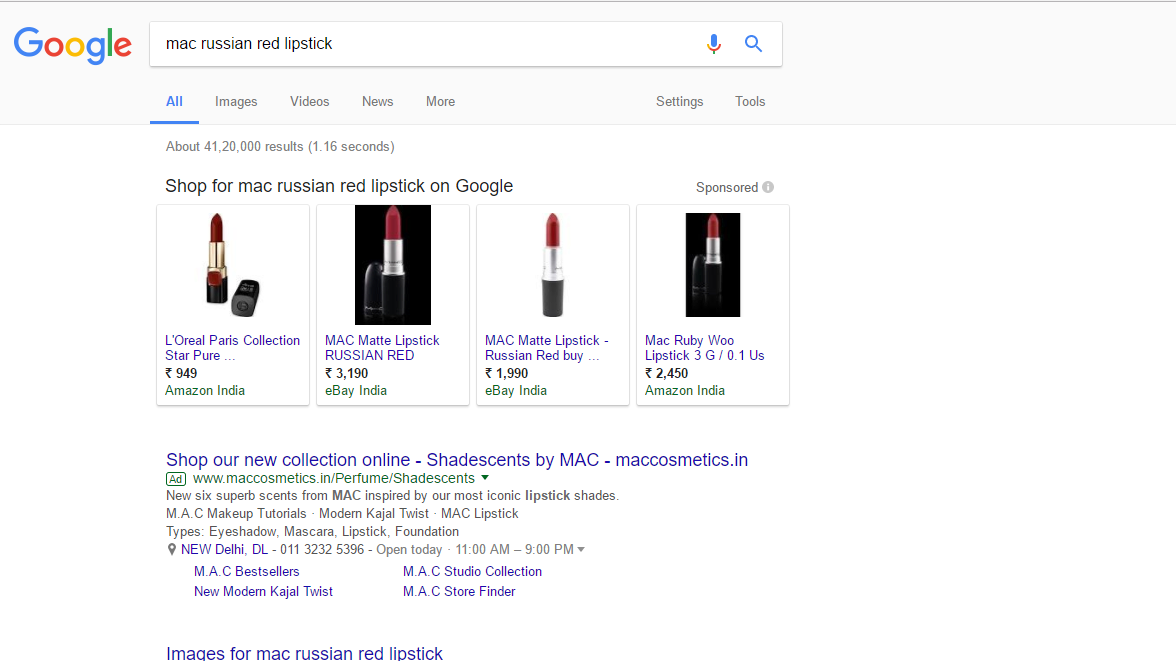
You may think that the head keywords like ‘Mac lipstick’ have higher search volumes but the fact is, these account for only 15- 20% of the total searches.
The bloggers who have been working for a long time now, state this for a fact that the long tail keywords are easier to rank because of the multiple keywords usage, less competition, length, etc. The feature of long tail keywords that simply makes it better than the short tail keywords is that they precisely target on what one is looking for.
The most effective tools to find long tail keywords
On searching the Google, you may find several long tail keyword tools to help you work on the right set of keywords to gain a higher ranking. The tools we are going to suggest you in this particular blog will help you get a list of long tail keywords through which you can easily increase the SEO of your blog. The best tools for long tail keywords are:
1. Long Tail Pro
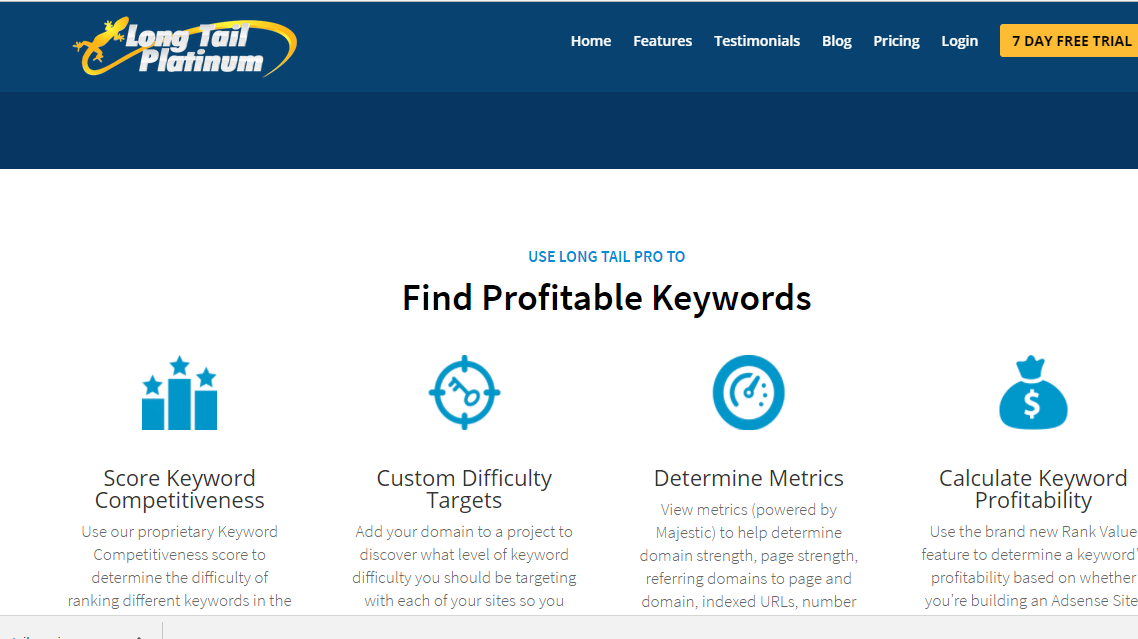
2. SEMRush
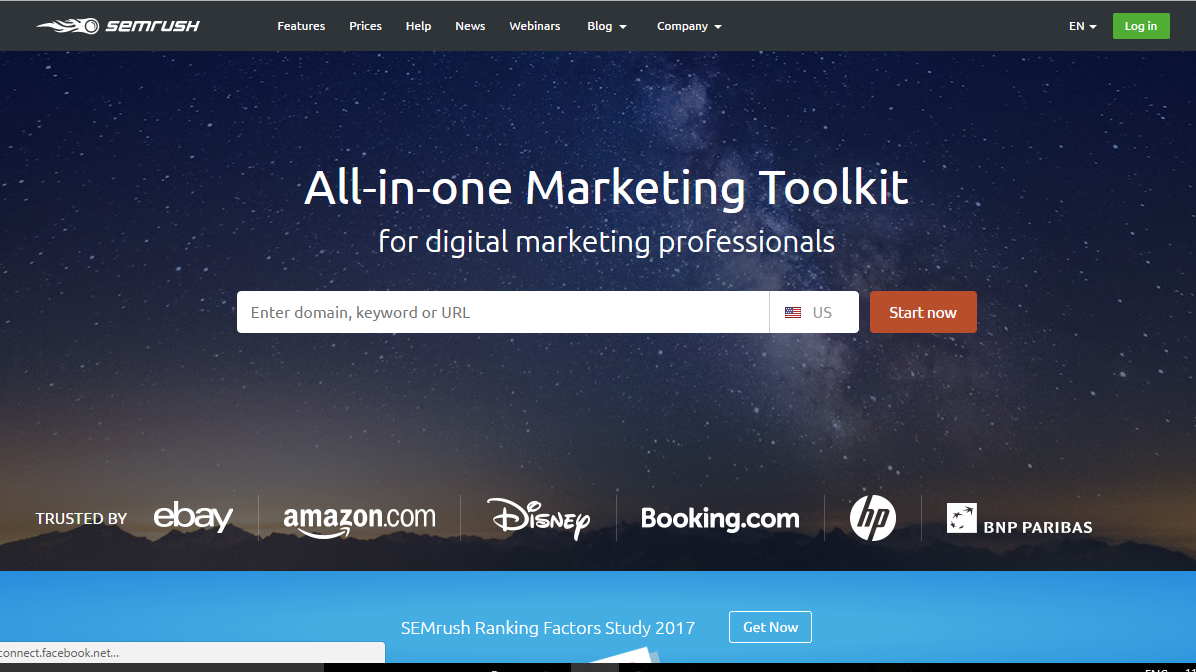
3. KWFinder
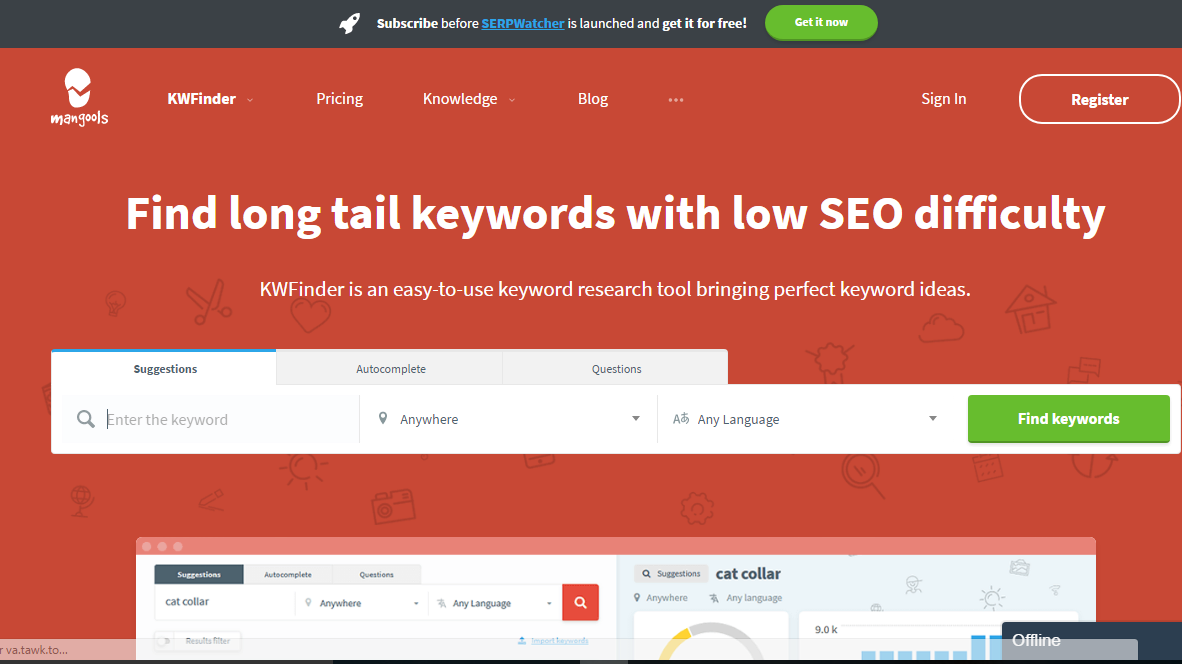
4. Keyword Tool Dominator
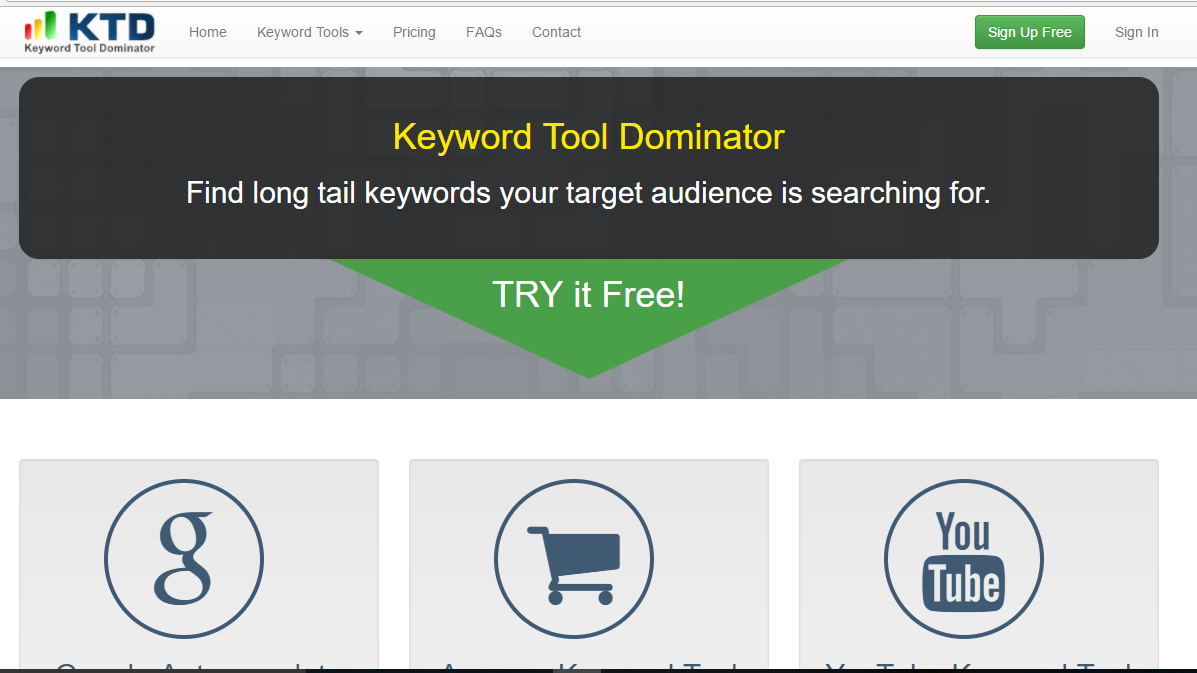
5. WordTracker Keyword Tool
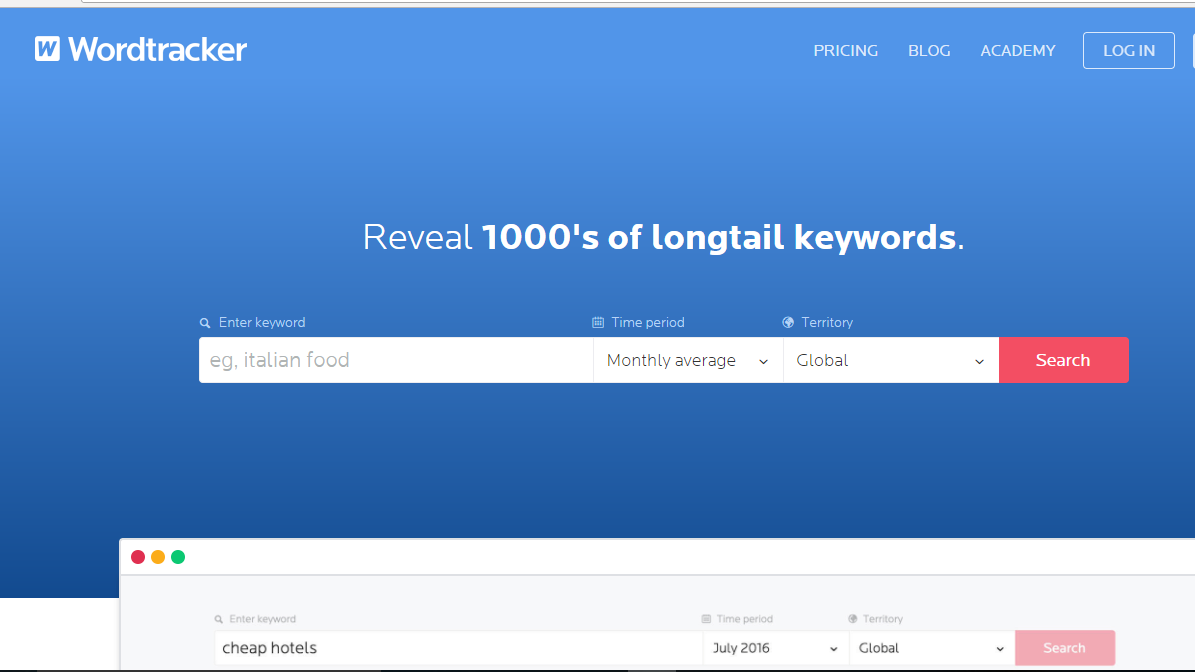
6. UberSuggest
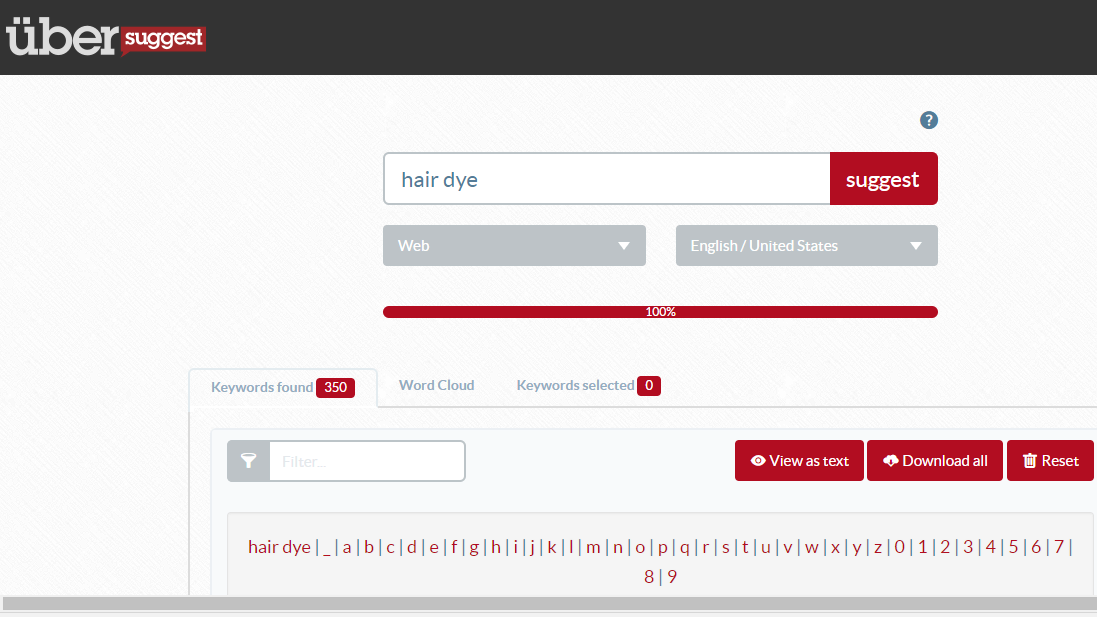
How can you use Long Tail Keywords for SEO and PPC?
To understand the usage of long tail keywords we must first understand What is Long Tail SEO?
It’s true, the world is going digital in every aspect but do not mistake your audience to be naive, when they go digital. Let’s take another example here to understand it better.
Supposedly, a person wants to buy a handbag of an expensive brand, say brand X. The same handbag is available on multiple consumer sites.
Here, the consumer is smart enough to compare the discounts offered on multiple sites, using various keywords such as ‘X brand handbag discount’, ‘discounts on X brand handbags’, ‘Sale on X brand handbags’.
When you search using a keyword phrase, you are specific about the brand and the product type you are looking for. This is the main reason why the long tail keywords are considered to be more profitable.
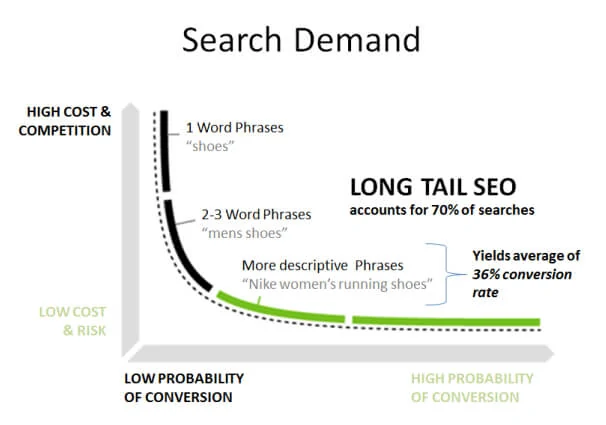
Also, another important point to be considered here is that the users do not make online purchases without reading the reviews of any given product. This is the reason why most companies themselves upload fake reviews on their products. The companies that operate digitally focus on exploiting the long tail keywords to make money through affiliate marketing.
Thus, It is clear that long tail keywords have high search volumes and are excellent even from the SEO analysis tool’s analysis.
When an advertiser or marketer, acting on behalf of a company is using PPC to widen the reach and gain maximum user traffic, it is important to understand that a good reach, despite PPC will be achieved only when the right set of keywords are used in the title, description, meta description, etc.
In the case of PPC advertising, when you have a high Cost Per Click (CPC) and an equally high competition, you can create laser-focused ads which will be displayed for selected keywords. Using this trick will increase the CTR and ROI of your ad.
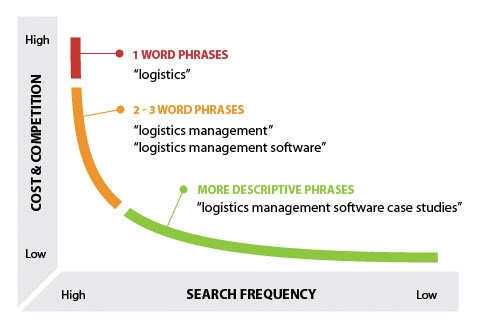
Well, there is another trick used by the learned and experienced advertisers. This trick helps them to abolish the multiple targeting to the same audience. By this practice, the advertiser is willing to target different audience by different ads.
Thus, using Google autocomplete, some of the long tail keywords are classified as negative keywords. This is to assure Google that these impressions are not useful for this ad.
Long Tail Keywords vs Short Tail Keywords
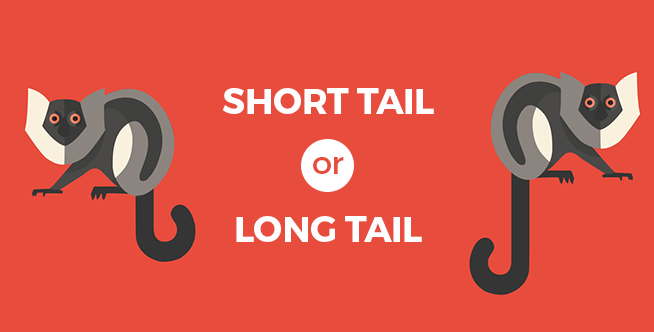
Both long tail and short tail keywords have their own shortcomings and strengths. Let’s take a look at some of them.
Strengths of Long Tail Keywords
- A much higher search volume.
- They have a specific and direct approach.
- Phrases of 5 or more words account for 80% of the total impressions on Google.
- They help you gain traffic on your blog even if your blog is relatively new.
Shortcomings of Long Tail Keywords
- The short tail keywords can be difficult to frame without the help of proper tools like SEMrush, Ubersuggest, etc.
Strengths of Short Tail Keywords
- You are fortunate if your short tail keyword featuring blog ranks in the top 10 searches. If such is the case, you can earn a big amount from the organic traffic of this blog.
- From the blogger’s point of view, they are very easy to write about.
- It is a broad term and can again massive traffic if the SEO is on point.
Shortcomings of Short Tail Keywords.
- Very hard to get them to a higher ranking.
- Short tail keywords demand a plenty of backlinks in order to rank at a notable position. Short tail keywords like furniture, shoes, etc. require a huge investment before they land at a substantial position.
- They take years of time to attain a position in the top 10 ranking.
How to gain Web traffic using Long Tail Keywords?
Now, that you have understood the importance of long tail keywords, you must be wondering how to use the right set of keywords to get massive traffic to your website. Follow these simple steps to get started:
Step 1 – Find the Long Tail Keyword
Now you must thoroughly understand that this is the most crucial and primary of all the tasks in this process. Thus, it must be done with keeping a few important points in mind.
- The keyword phrase used must be high in search volume so that when that keyword phrase is used your blog must rank high.
- Pay attention to the keywords used by your competitors: This will be helpful because it is already fetching your competitors ample of traffic on their website. So you must exploit those keywords too.
Keeping these points in mind, find keywords using the various keyword finding tools mentioned above
Step 2 – Create 2000+ Blog Posts
From the SEO perspective, it is recommended that a blog piece must be of a length that touches 2000+ words at least. The blog must contain the primary keyword at least 7-8 times and the secondary keyword at least once in the blog.
However, the blogger must make sure that the keywords are not stuffed in the blog. The content quality plays a major role in the ranking of a blog. The Google’s new SEO guidelines stress over the importance of the content quality of a blog. The keywords are still important but they’re not everything.
The idea of writing 2000+ words long blog post is that the blog must be informative in its approach. The topic that is been talked about in the blog must be completely explained including the various associated points as well. In a 2000+ word blog post, there’s a lot of content that can be written.
Thus, if you have covered almost every topic revolving around the main topic, the people searching for those topics are likely to reach your blog. Thus, with this theory, it is suggested that longer blog posts receive a high amount of traffic. So, keeping this in mind you must follow a descriptive approach towards your blog posts.
Step 3- Use Interlinks and Backlinks
The SEO tactics count backlink as one of the most useful tools for increasing the traffic on the website. The higher the number of backlinks, the higher is the traffic on a website. The concept of how to create backlinks aims at driving the user traffic to your own site. Supposedly, a user lands on one of your blogs, now in order to keep the user, you can redirect the user to other blogs using the interlinks.
However, the interlinks are to be carefully induced into the content so that they make sense, wherever they are placed. Again you need to understand that you must not stuff the interlinks in a blog. In a blog of 2000- 2500 words blog, you can insert 3-4 backlinks, whereas, in a 1000- 1500 word blog, you may insert 1-2 interlinks.
In the case of interlinks, you do not necessarily need to land the user on the homepage of your website every time. You can redirect the user to other related blogs which can provide additional information related to the topic you are writing about in the blog.
For instance, in a blog where you are describing say ‘what is blogging?’ you can insert a related link of the blog previously written by you on a related topic say, ‘How to increase the rank of your blog?’. This will be a related link and will be useful to a user who is looking forward to starting a blog or is already having a blog and wants to increase their traffic.
Note: The interlinks are useful only when they are inserted at the right place.

What is a Backlink? Simply put, a backlink is a link that is present in the content of a site other than yours, which redirects the users to your website. This drives the traffic of a website to the website it is linking to.
In order to get backlinks for your blog, you can write guest blogs on popular websites in order to gain their traffic. Also, you can give links to other popular blogs in your own blog post, thereafter informing the blogger about your initiative.
This way that blogger may give you backlinks in the future. To keep a count of the backlinks you have got, you can use this helpful tool- Rank Signals.
Step 4- Know the difference between Informative Keywords and Commercial Intent Keywords
Finding and using keywords is comparatively easy but when you write professionally you must have the complete knowledge of what you are working on. Thus, a better understanding of the type of keyword you are using is essential for proper usage and understanding.
Here we will discuss the informative Keywords and commercial intent keywords.
Informative keywords – What is a Digital Marketing training program?
As the name suggests, an informative keyword focuses on providing the information to the user.
Commercial intent keywords – Digital marketing training in Delhi
This is a keyword phrase that aims at the conversion of a lead. This type of long tail keywords are chosen from a perspective of making a sale by providing the information.
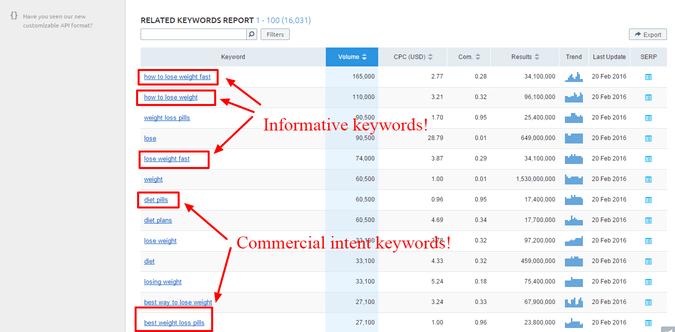
Now, you must be wondering which one to use?
Well, it’s simple! if you just want to increase the traffic on your site, go for informational keywords. However, if sales are your preference, then go for commercial intent keywords, as a person searching for such keywords is looking forward to making a purchase.
Naturally, if you want more traffic as well as more sales, you need to use both in your content. One thing that must be understood is that they must be used at the right place to enhance the meaning and not with an approach to just stuff it up in the content.
Let’s take a look at the qualities of the Long Tail Keywords that places them at a higher position:
- Compared to the short tail keywords, the long tail keywords may have a fewer number of searches but the ROI is higher on the latter.
- The searcher is much closer to making a purchase when he makes a search using a specified long tail keyword. He enters the details of what he is looking for exactly. Easy approach!
- From the PPC point of view, it is observed that the Cost Per Click (CPC) is comparatively much lower.
- There is a good possibility that the bloggers can rank well in organic searches.
- Even for the advertisers, it is a good approach because the Pay Per Click (PPC) is much lower because of the lower search volumes.
- A much clearer and specified way of making a search.
To conclude
I hope now you are much clearer on the idea, why long tail keywords are better from the SEO perspective. It should now be very clear that long tail keywords may not get as much as traffic but the ROI will be much more and investment in ads will be less. To further gain deep insights, it is recommended to opt for a Search Engine Optimization course to ace the competition.
















